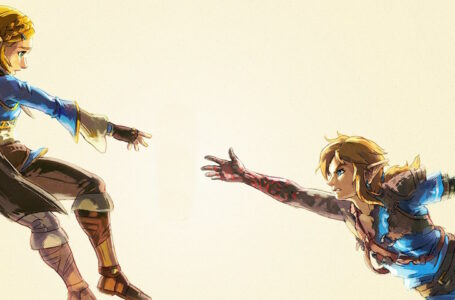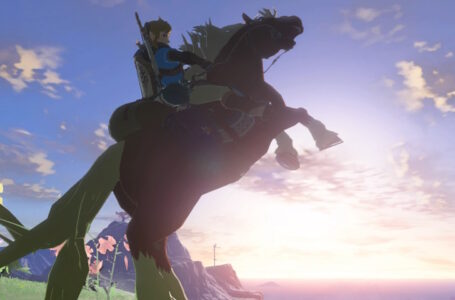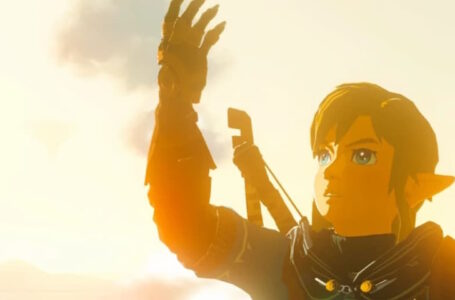Majora’s Mask: the most misunderstood Zelda
There are few Legend of Zelda games more misunderstood than Majora’s Mask. A direct sequel to one of the most popular and celebrated entries in the series, Ocarina of Time, this game took the plot in an entirely different and unusual direction. However, that is precisely why it is one of the best games in one of the greatest video game series of all time.
Majora’s Mask succeeds in ways that no Zelda title had up to that point. It is a unique game in a series that, until Breath of the Wild, had been stuck in a rut for decades — and it remains one of the most mature Zelda games ever made.
Now that it is coming to the Switch Online Expansion Pack later this week, it is time we look back and talk about this strange experiment in the Zelda series.
Why Majora’s Mask deserves your respect
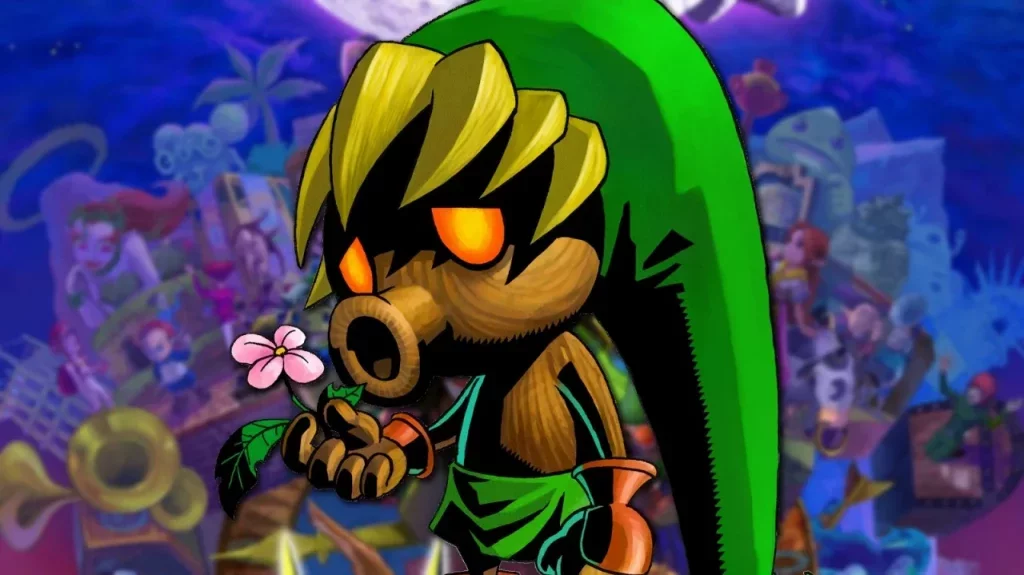
Despite being filled with terrifying imagery at times, the Legend of Zelda series was largely tame and somewhat childish for the first fifteen years after its initial release. Even classic entries like A Link to the Past didn’t do much to grow up or mature the series. Which is fine, of course; not every game needs a mature tone, but the world of Hyrule showed itself to be a deep and vibrant place for many players after the success of Ocarina of Time, which showed the first instance of Ganondorf attempting to take over the lands.
Majora’s Mask was Nintendo’s attempt to bring a darker, more mature tone to the series, with impending doom about to rain down from an ominously grinning moon in the sky. Link, trapped in his more childish form following his adventures in Ocarina of Time, was confronted by a world that either could not or would not accept the danger approaching them. He must save the world in spite of their petty squabbles, reliving the same three days over and over until he succeeds.
The structure of Majora’s Mask is unusual in many ways, but this pattern of repetition lends itself to many fan theories. Many argue, and I am inclined to agree with them, that this game is about grief. Link himself is on a quest to find Navi, who flew away at the end of Ocarina of Time in dramatic fashion, and many of the people he encounters in Termina are grieving from their own loss in different ways.
The citizens of Clock Town choose to deny their grief, content to make plans for their upcoming festival rather than face their impending destruction. The Deku King is angry at the apparent loss of his daughter, lashing out at the innocent in order to fill the hole her disappearance left. The Goron leader, unable to face the failures of his life and his own death, tries to strike a bargain with Link so that he may save his people. The Zora Lulu wallows in depression at the loss of her beloved Mikau, isolated from her people by her grief.
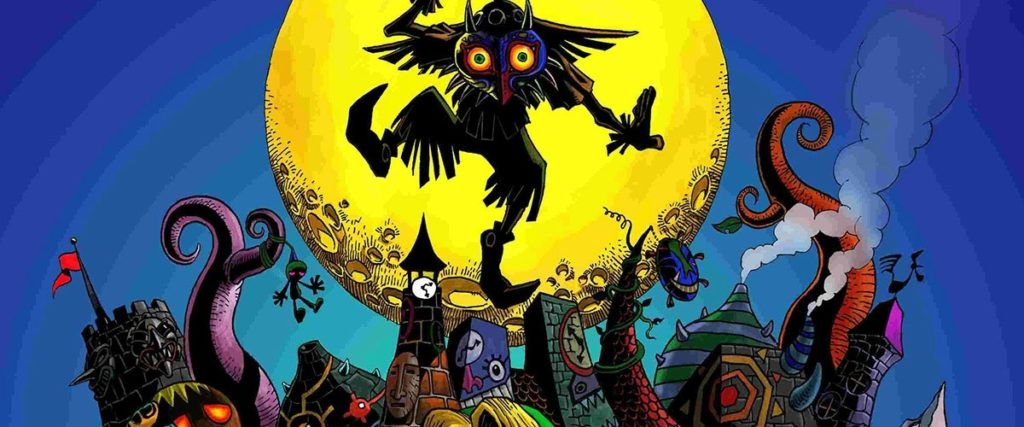
It isn’t until he journeys to Ikana Valley, where he is surrounded by the dead, that Link gives himself the opportunity to confront his own grief. With no new masks to wear and no new forms to take, he is finally able to accept his friend’s departure and that he still has a life to live beyond it. Navi is gone but Link has more life to live.
Even the villain of Majora’s Mask isn’t the embodiment of evil that the series usually portrays Link’s enemies as. Skull Kid is driven by his own grief at losing his friends, a pain that is amplified and manipulated by the mask he wears. This doesn’t make him blameless in the plot, but it isn’t the cold quest for world domination that we had seen from Ganondorf. Grief, in one way or another, drives everyone’s actions in Majora’s Mask.
Is it possible that this is an over-analysis of Majora’s Mask’s themes that goes beyond the developers’ intention? Sure. That is the beauty of art – we can all find our own interpretation of it, but there is no denying the highly symbolic nature of Majora’s Mask. That alone makes the game much deeper than most people assumed at the time and worth a revisit. At a time when Nintendo is doing more harm than good for video game preservation, Majora’s Mask is well worth a revisit.
- Six of the best Stands in JoJo’s Bizarre Adventure - June 2, 2023
- 4 of the best JRock tracks from May - June 1, 2023
- Hump Day Husbandos: Guts (Berserk) - May 31, 2023



